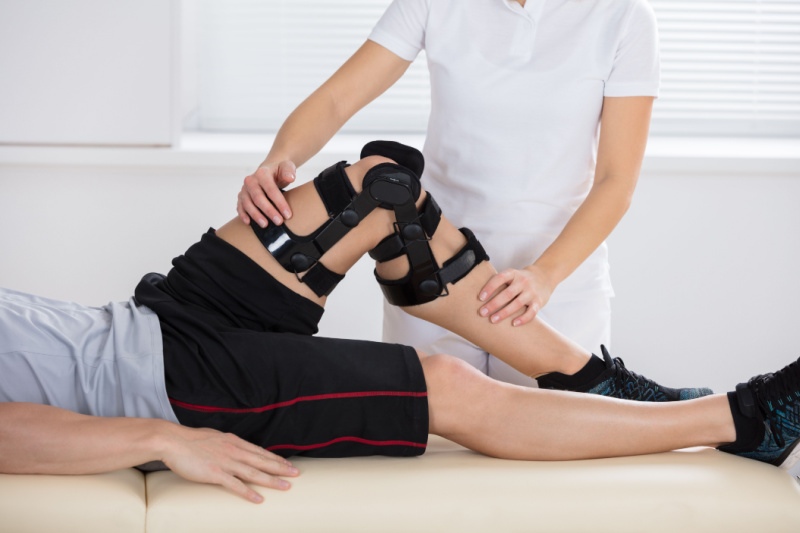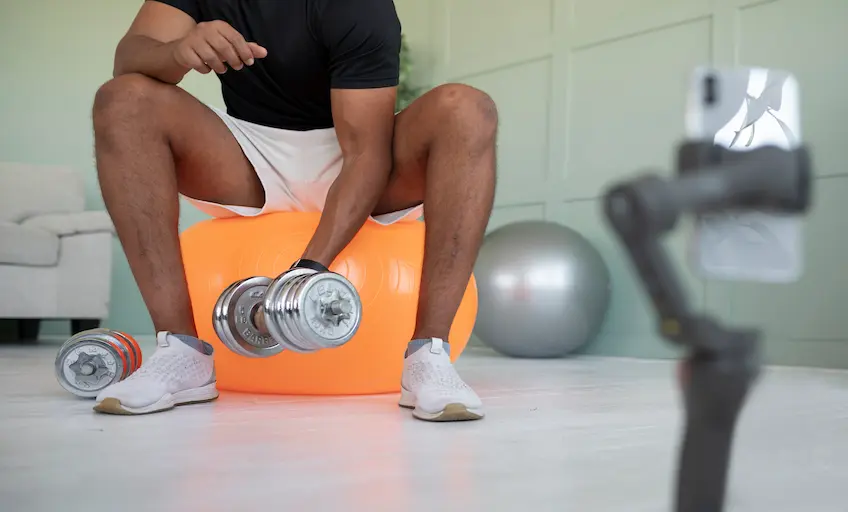In the medical industry, physiotherapy stands as a beacon of hope for numerous people who want to reclaim their physical well-being and overall mobility. But what is physiotherapy? And how many types of physiotherapies are there? Read on to find out how physiotherapy benefits you.
What is physiotherapy?

If you are wondering – ‘What is physiotherapy?’, it is a branch of medical science that focuses on restoring and maintaining physical function and overall mobility. Physiotherapists are trained healthcare professionals who use applicable physical exercises to help you improve your strength, flexibility, and overall physical well-being.
Different branches of physiotherapy

Here are the different branches of physiotherapy that are widely used to enhance strength, mobility and overall fitness:
Sports physiotherapy
This is one of the branches of physiotherapy specially designed for athletes and everyday players who have recently undergone a physical injury. Sports are generally more demanding than normal physical activities, so players are more prone to muscle sprains and leg injuries. Sports physiotherapy can enable fast recovery and enhanced overall performance.
Geriatric physiotherapy
This branch of physiotherapy focuses on certain age-related health conditions, like arthritis (pain in joints) and osteoporosis (fragile bones). Geriatric physiotherapists will advise you to limit specific body movements that can induce pain, follow certain walking postures and incorporate physical activities like stretching to enhance mobility and minimize pain.
Musculoskeletal physiotherapy
This branch of physiotherapy focuses on treating physical conditions related to the human musculoskeletal system. Musculoskeletal physiotherapy can ease the muscles, ligaments, bones, joints, cartilage and spinal discs surrounding the area. It will help alleviate pain, aid daily body movement, and improve skeletal health.
Neurological physiotherapy
Certain neurological disorders can cause muscle weakness and spasms, loss of balance, tremors and decreased sensation. Neurological physiotherapy aims to treat existing physical disorders and mobility issues that stem from neurological conditions like brain stroke, spinal cord injuries, sciatica (weakness or pain in the leg) and Parkinson’s disease.
Pediatric physiotherapy
Pediatric physiotherapists help improve acute injuries, defects present at the time of birth, delayed physical growth, or certain genetic defects such as cerebral palsy (a condition that restricts overall movement and coordination). Physiotherapists use various therapeutic exercises in children, which can aid in strengthening the affected parts, thereby improving the precise and overall movement of those parts.
Benefits of physiotherapy treatment
Here are some benefits you can get by incorporating different types of physiotherapy treatments:
Improved mobility and flexibility
If you are experiencing difficulty in walking, sitting, moving or standing, physiotherapy can help you. Countless stretching and strengthening exercises can retain your original movement ability.
Pain relief and management
The best advantage of incorporating physiotherapy is that you can get rid of your medicines and painkillers to reduce pain. Physiotherapists will help you do specific exercises (manual therapy, soft tissue mobilization and electrical therapy) that focus on mobilizing your joints. Various techniques like UV Rays/IR rays, ultrasound, IFT, TENS, diathermy and taping are used to retain flexible body movement.
Rehabilitation after injury or surgery
Several doctors can advise you to join physical therapy after surgery. For example, musculoskeletal physiotherapy is structured to enhance your range of motion, reduce pain and regain normal body movement after musculoskeletal surgery. Cardiopulmonary physiotherapy (Post- CABG, COPD, Asthma, etc.) rehabilitation will improve lung function capacity.
From pain management to injury prevention, the various types of physiotherapy can work together to improve your quality of life (QOL) and overall mobility.
Key Takeaways
- Physiotherapy is a branch of medical science focused on restoring and maintaining physical function and overall mobility.
- It includes various specialties, such as sports, geriatric, and pediatric physiotherapy.
- The benefits of physiotherapy encompass improved mobility, enhanced flexibility, and effective pain relief and management.
Stay tuned to the Activ Living Community. Keep up to date with the latest health tips and trends through expert videos, podcasts, articles, and much more in nutrition, fitness, mindfulness, and lifestyle conditions like Asthma, Blood Pressure, Cholesterol, and Diabetes.
You may also be interested in the following blogs:
- Strength, Mobility, Cardio, Fun – That’s What The Animal Flow Workout Is All About
- Which Mobility Exercises Can Help You Stay Active And Fit?
Popular Searches
How to lower blood pressure | Fruits good for liver | Unhealthy foods | Ragi Benefits | Basal Metabolic Rate | Acupressure points for High Blood Pressure | Ayurvedic medicine for blood pressure | How to control cholesterol at home | Homeopathy for Asthma | Biological Age | Home remedies for TB | Natural beta blockers | Negative effects of internet | Types of walking | Blood pressure calculator | Blood sugar calculator | BMI Calculator





 1800-270-7000
1800-270-7000





The article provides a clear and insightful overview of the different types of physiotherapy. It effectively explains how specialized treatments can help manage pain, improve mobility, and enhance overall physical well-being.